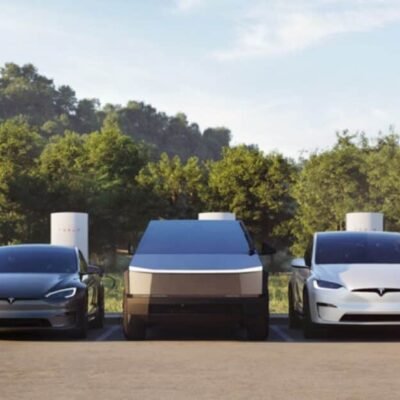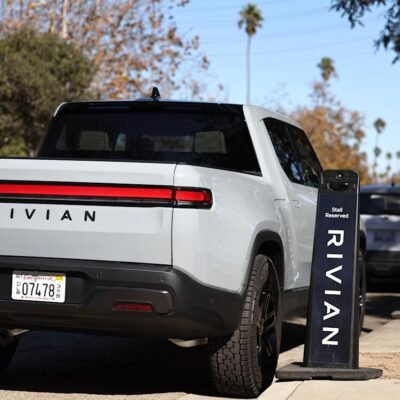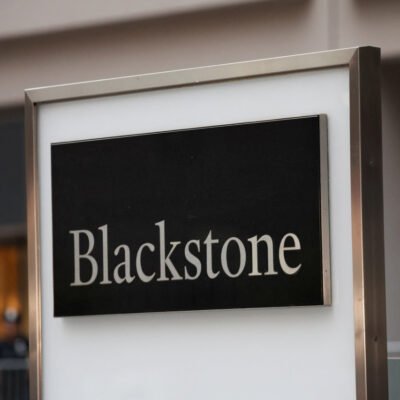Starbucks mobile order store closures are making headlines as the coffee giant moves away from its ambitious digital-only concept. The company has started shutting down its mobile order, pickup-only stores, which were once expected to define the future of coffee retail.
But why is Starbucks reversing course? What went wrong with these futuristic stores? And what does this mean for customers, employees, and the broader food and beverage industry?
Let’s break it down in simple terms.
What Were Starbucks Mobile Order, Pickup-Only Stores?
Back in 2019, Starbucks introduced a bold new idea: stores that had no seating, no cash counters, and no baristas taking orders in person.
These were called Starbucks Pickup stores, where customers could:
- Order through the Starbucks app
- Pick up their drinks from a small counter
- Leave in a few minutes—no waiting in line, no dine-in
These stores were part of Starbucks’ plan to go all-in on mobile ordering, which saw a huge boost during the pandemic.
In cities like New York and Toronto, where space is expensive and people are always on the go, these stores seemed like a perfect fit.
Why Did Starbucks Go All-In on Mobile Pickup?
Several reasons influenced this shift:
- Growing Mobile Usage
Before the pandemic, mobile orders accounted for about 17% of Starbucks’ total U.S. orders. That jumped to over 25% by 2022. - Labor Efficiency
Fewer in-store interactions meant Starbucks could operate with fewer staff per store. - Real Estate Costs
Smaller stores meant cheaper rent in expensive urban areas. - Pandemic Trends
COVID-19 made contactless, grab-and-go services more appealing than ever.
In short, these stores were meant to be lean, tech-driven, and pandemic-proof.
What Went Wrong With the Pickup-Only Concept?
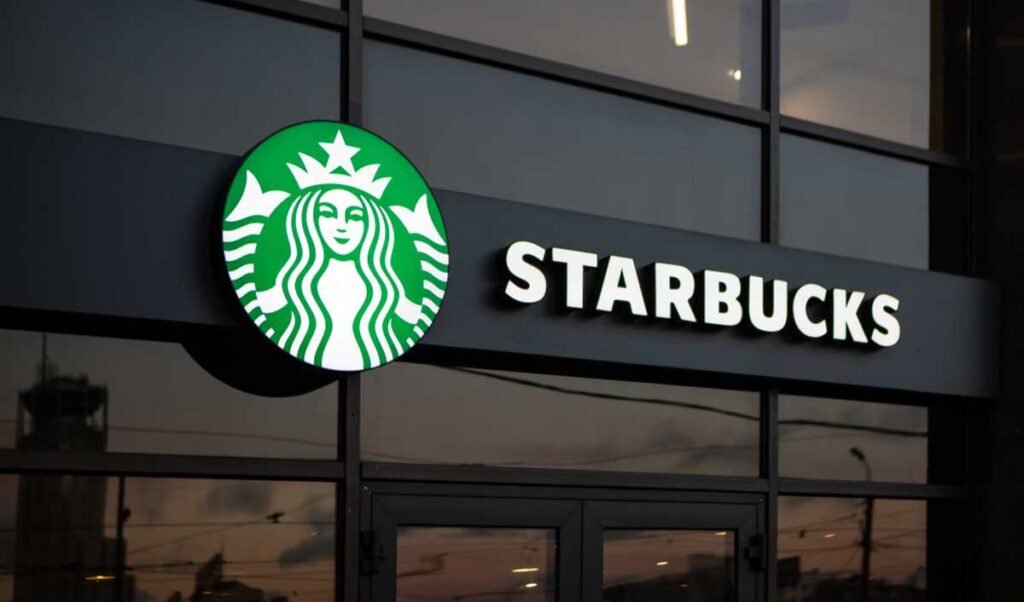
Despite the clever idea and the rise in mobile orders, Starbucks has decided to close many of these mobile order-only locations in 2024 and 2025.
Here’s why the experiment didn’t work as expected:
Customer Experience Fell Short
While some customers loved the quick grab-and-go option, many missed the traditional Starbucks vibe:
- No seating to relax or work
- No personal interaction with baristas
- No option to customize orders on the spot
For many people, Starbucks is more than just coffee—it’s a space to unwind, meet, or work remotely. The pickup-only model removed that experience.
Operational Challenges
Running a digital-only store sounds simple, but it brought new problems:
- Order congestion during peak hours with little space to manage the crowd
- Mistimed pickups, leading to cold drinks and unhappy customers
- Limited product offerings due to space and equipment constraints
Many baristas also reported that the workflow was more stressful without direct customer feedback.
Inconsistent Adoption Rates
While mobile ordering is growing, not everyone is on board.
- Older customers often prefer traditional ordering
- Not everyone wants to download an app or use a credit card
- Tourists and walk-ins found the process confusing
This excluded a large part of Starbucks’ customer base.
Real Estate and Location Factors
Some of the Starbucks Pickup stores were opened in prime urban real estate—tiny locations in dense business districts. These areas suffered greatly during the pandemic as remote work became the norm.
Without office workers, there was no morning rush. As a result, sales dropped in locations that once relied on heavy foot traffic from 9-to-5 professionals.
What Has Starbucks Said About the Closures?
Starbucks confirmed in 2025 that it is phasing out many mobile order-only stores due to changing consumer habits.
A company spokesperson said:
“We’re always learning from our store formats and adapting to what customers want. Our goal is to create stores that meet people where they are—whether that’s through mobile orders, drive-thru, or welcoming café spaces.”
Instead of going all-in on digital, Starbucks is now focused on hybrid formats—combining the best of tech and human touch.
Starbucks’ New Strategy: A Blend of Tech and Touch
The future of Starbucks isn’t tech-only or tradition-only. It’s a hybrid model that:
- Offers mobile ordering and pickup
- Keeps cafés with seating and human interaction
- Expands drive-thru and curbside pickup options
Some of the newer store concepts include:
- Drive-thru only locations in suburbs
- Delivery-focused kitchens (no public access)
- Traditional cafés with advanced mobile integration
Starbucks is trying to balance efficiency with experience.
How Customers Are Reacting
The closure of pickup-only stores has received mixed reactions.
Positive Feedback:
- “Finally! I missed sitting down with my latte and working for an hour.”
- “It was too robotic before. I like chatting with baristas.”
Negative Feedback:
- “I liked grabbing my drink without waiting.”
- “Why remove something that worked for busy people?”
This reflects a diverse customer base. Not everyone wants the same Starbucks experience, which makes finding a one-size-fits-all model difficult.
Impact on Employees
Baristas working in pickup-only stores faced unique challenges:
- Faster pace with non-stop mobile orders
- Less time for creativity and customer engagement
- Higher pressure with fewer team members
Some employees welcomed the closures, saying they look forward to a more balanced work environment in traditional or hybrid stores.
Others worry that store closures may lead to job losses, although Starbucks claims it is trying to reallocate staff to other locations.
Industry Reactions: What This Means for Others
Starbucks is often seen as a trendsetter in the food and beverage world. When they make a move, others take notice.
Here’s what experts think:
- Digital is important, but not everything
Purely app-based stores work best in limited contexts, not everywhere. - Experience still matters
Brands need to create spaces that feel human, even in a tech-driven world. - Flexibility is key
Customers want options—order on the app, sit inside, or grab-and-go.
Some smaller coffee chains, like Blue Bottle or Pret A Manger, are also rethinking their store formats based on what Starbucks has learned.
What This Means for You
As a customer, here’s how these changes might affect you:
- Fewer pickup-only locations in your city
- More traditional cafés with added tech features
- Better customer service, with more human interaction
- Expanded drive-thru and curbside options in suburban areas
If you loved the mobile-only model, you might need to adjust. But if you missed the in-store experience, you’ll likely be happier moving forward.
Final Thoughts: A Course Correction, Not a Failure
The Starbucks mobile order store closures don’t mean the end of digital coffee ordering. Instead, they show that even the best tech needs the right context.
Starbucks is learning, adapting, and pivoting. And that’s not a failure—it’s smart business.
Do Follow USA Glory On Instagram
Read Next – Yum Brands Profit Growth Soars on KFC, Taco Bell Sales


